“I am a fisherwoman,” Shweta Hule tells me, her voice crisp and urgent. My first guess is that I am delaying her from commencing her day’s work. But, as she explains, fishing is not on the agenda today. She is taking a group of tourists for a boating ride through the Mandavi Creek in Maharashtra’s Sindhudurg. This is a welcome change in routine.
Belonging to the fisher folk community of the area, a majority of Hule’s day would be spent casting her net into the water. But, on the way back, she and the other fisher folk would allow themselves a short break during which they would sit back in their boats and revel in the beauty of the creek.
In the evenings laden with baskets filled with the fresh catch of the day, the women would make their way back to the shore. It was during those moments of appreciating the beauty of the coast and its outlining mangroves that Hule began harbouring a dream.
“I thought it would be lovely to bring tourists here for boating,” she says, recalling her vision. However, financial constraints and a lack of aegis meant this remained a dream for many years, until 2016, when a ray of hope emerged.
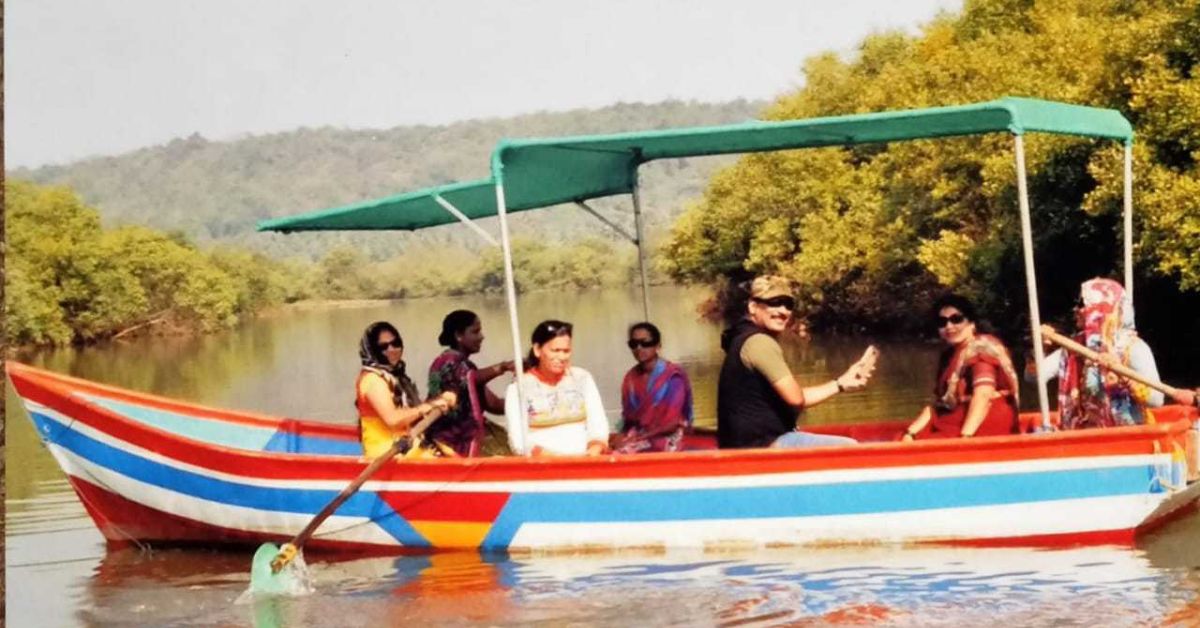
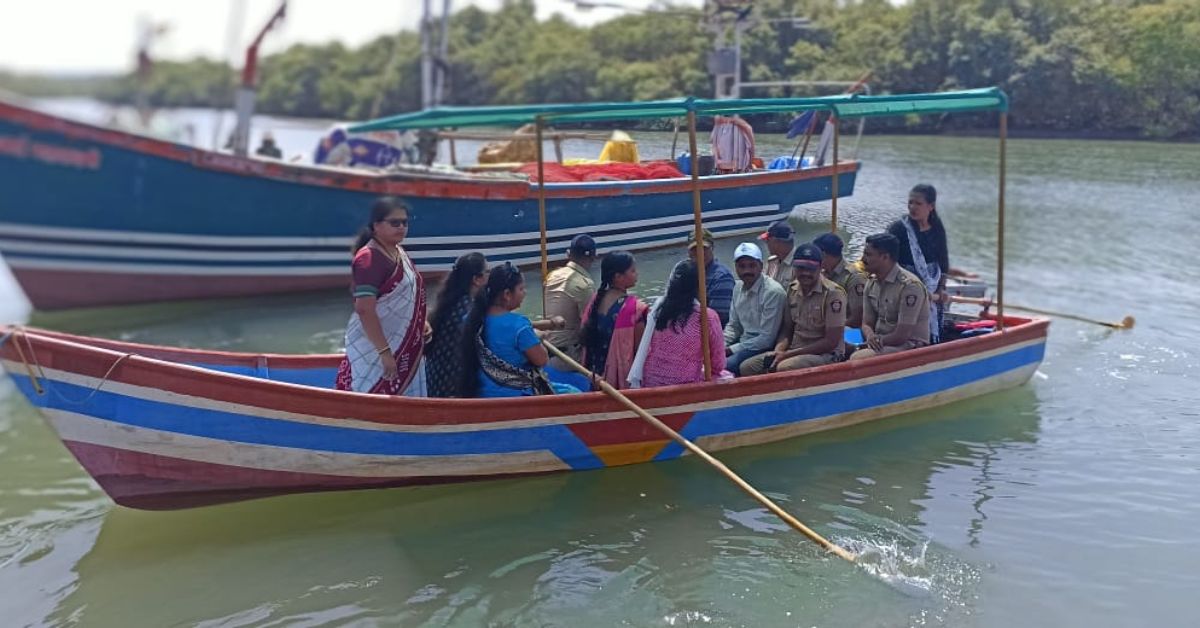
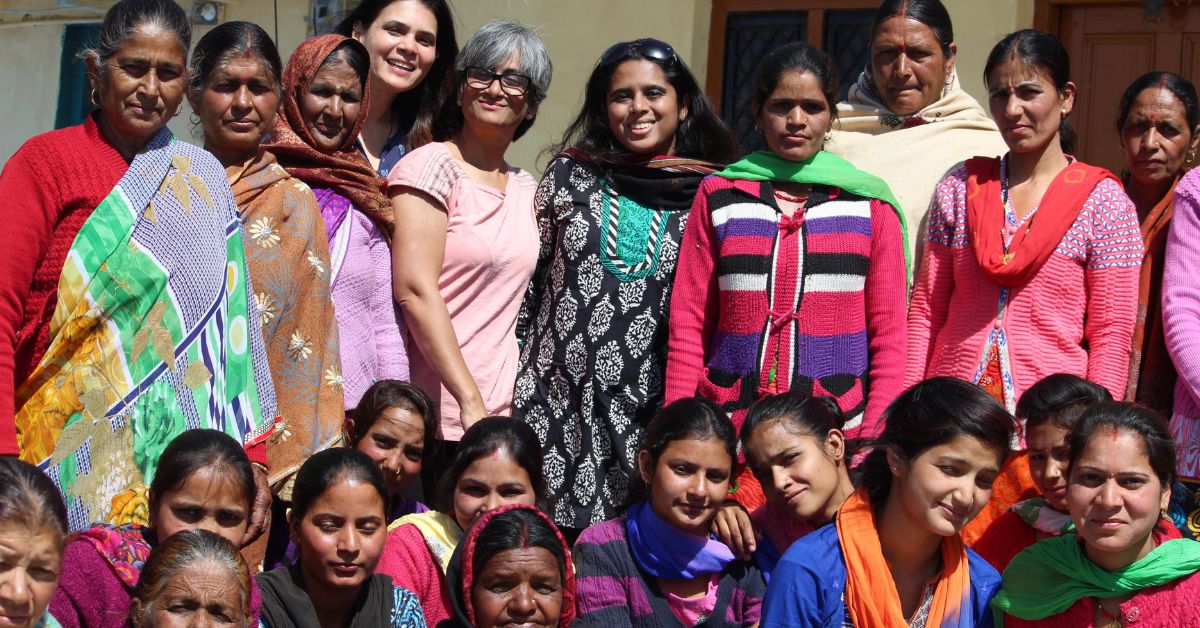
For the love of culture and environment
Sindhudurg accounts for 3.8 percent of the total mangrove vegetation in the state. This, and the rich biodiversity of the region make it a wonderful spot for tourism, observed Mumbai-based Rashmi Sawant. On a spree of setting up self-help groups across the country in 2013 under her initiative ‘Culture Aangan’, Sawant saw great potential in the region.
That same year, she drew up a plan for mangrove eco-tourism and pitched it to the officials from the United Nations Development Programme (UNDP). Titled ‘Mandavi Mangrove Eco Tourism’, the plan highlighted how women of Sindhudurg could arrange boating trips to the creek, set up homestays where they would welcome tourists, and make homemade pickles and squashes through which they could earn more.
Meanwhile, Hule, who had dreamt of something like this for years, was most elated when a UNDP representative made their way to the village in 2016. “I told the representative about my dream and showed her the birds, the otters, and the trees near the creek. I told her that we could bring tourists here to see all of this,” Hule notes.
However, the official was more interested in the mangroves. “What will you tell the tourists about these plants?” she asked a perplexed but excited Hule.
“I will learn everything about them,” Hule replied. She was excited at the prospect of knowing more about the vegetation that she had often admired herself. “I was eager to know about their uses, benefits, how they helped the environment and more.”
This was the beginning of the ‘Swamini’ self-help group that comprises nine women and one man in the Sindhudurg district. The group earns around Rs 2,00,000 a year by charging every tourist a fare of Rs 200 for the boating trip. They conduct a total of seven boating trips a day during season time. The women are supported by the staff of the Mangrove Cell under the Maharashtra Forest Department.
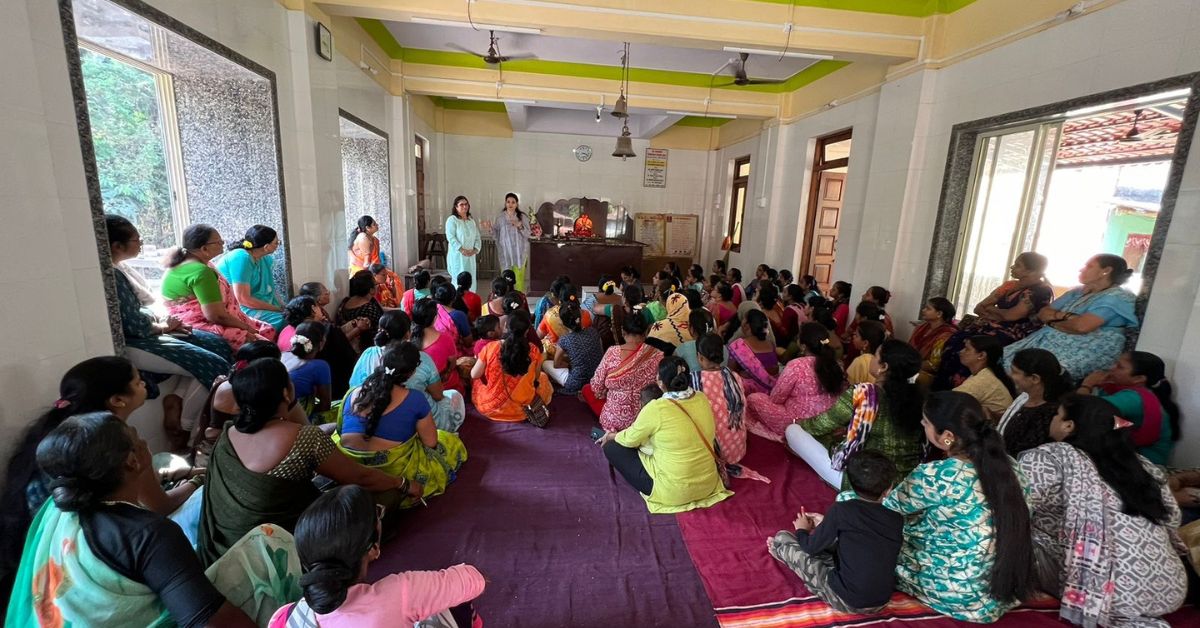
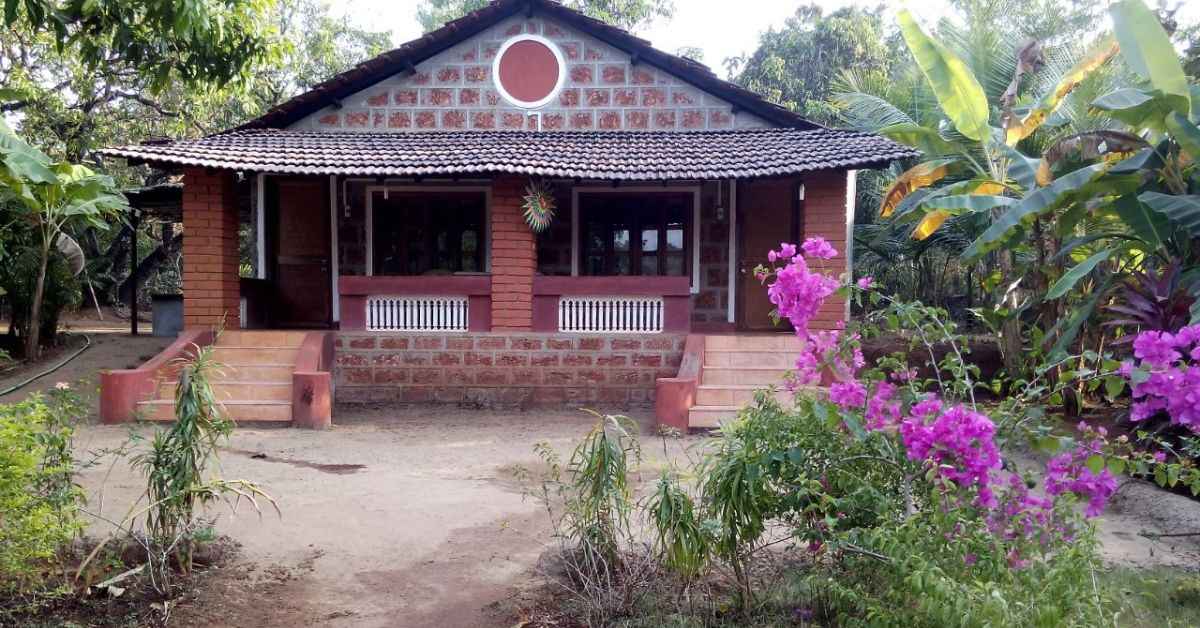
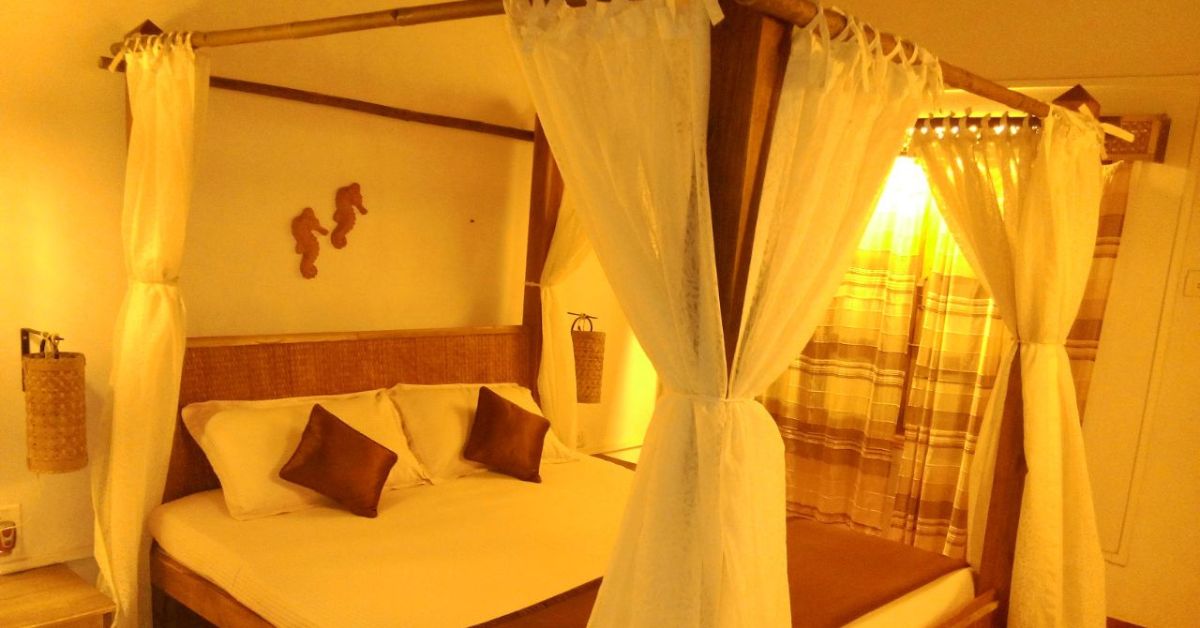
As Hule shares, this initiative, while helping the women take on leadership, has also become a mode of their financial independence.
This makes Rashmi Sawant proud. As she notes, this is one of the many success stories of Culture Aangan through which she attempts to create travel experiences and trips that will help the villages of India become self-reliant.
From one woman to another: the feeling of freedom
Among the many projects undertaken by Culture Aangan, the self-help group model stands out for its success in inculcating a sense of responsibility among the women while also helping them learn the nuances of finances. Sawant shares that she has been instrumental in creating these models in Uttarakhand and Andhra Pradesh apart from Sindhudurg.
But from her role as a tour manager in a travel company to now at the helm of empowering women, how did the transition happen?
“After my marriage, I travelled across hundreds of villages in India while accompanying my husband for work,” shares Sawant. The stories narrated by the women she encountered had a lasting impact on her. “Some of these women would share how they found it tough to save even Rs 10 a month. Things were not good.” But why should women face these problems when they are wonderfully skilled?
This thought was accompanied by another. What if the women borrowed from the foreign concept of homestays?
Sawant had been at the receiving end of the hospitality extended to her during her stay at the ‘Bed and Breakfasts’ in the UK while she was attending the ‘Edinburgh International Festival’ — an event that celebrates the performing arts on a global scale, in 2000. She was amazed at how the lady of the house earned by simply letting out a bedroom and preparing a meal for her guests. If the women abroad could do this, why couldn’t the women of Sindhudurg do it too?
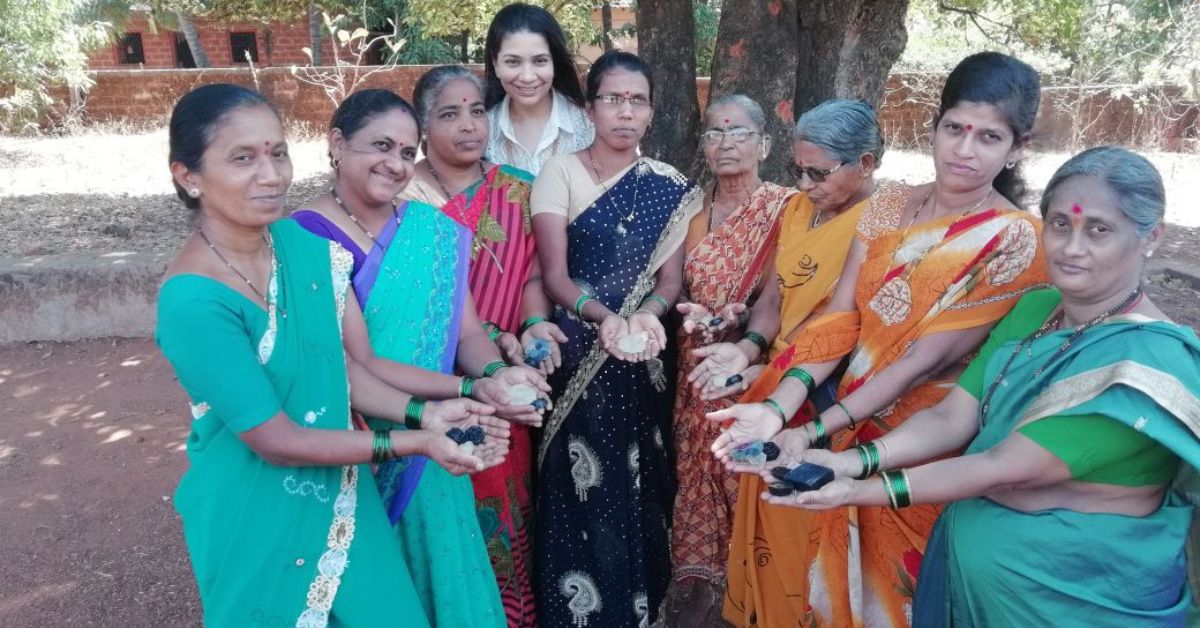

But would the village women be interested in this foreign concept?
The next week, 50 women of the village responded to an ad that Sawant had put out in the local paper about her idea, effectively answering her question. Out of the group, two women raised their hands when Sawant enquired how many would like to turn their homes into homestays. One of the first families to show interest was a couple, Vaishali and Vijay Loke. Today, their homestay, ‘Pitruchaya’ in Devgad, is a thriving success.
Another homestay, ‘Nandan Farms’ at Sawantwadi. run by Amruta Padgaonkar is also amassing great love from tourists who are keen to spend their vacation at an authentic mud homestay. The locals weren’t left alone to figure out the intricacies of running a homestay business. Sawant hand-held them through the process.
“We got professional experts to come and train the women,” she notes.
But she was well aware that simply inviting tourists with the allure of an authentic stay wasn’t going to suffice. They needed more incentive.
Reviving crafts, traditional foods and nature tourism
Puppetry, once the pride of Sindhudurg, had assumed the status of a dying art form. The Pinguli village used to be a vibrant space where marionettes danced to tunes and dialogues narrated by their puppeteer.
The village was home to the Thakkar Adivasi community who were also known as ‘paramparik kalakars’ (traditional artists). The story goes that the community received patronage from Chhatrapati Shivaji who granted them land around Pinguli in the mid-18th century. Since then, the community settled in the region, giving up their nomadic lifestyle to engage in performance crafts.
But, with time, these crafts began to lose popularity. So, when Sawant stumbled upon the village while scouting for local crafts that would attract tourists, she was thrilled. In the months that followed, she set up the puppet museum ‘Thakkar Adivasi Lok Kala Museum’ and got artists and designers on board to do a skill upgrade and design intervention workshop. “The intent was to train the puppeteers in how to organise the shows and create small products using their art,” she says.
Today, no one who visits Sindhudurg goes back without a visit to The Pinguli Arts Complex devoted to reviving and preserving the traditional crafts. On display are traditional art forms including ‘Chitrakathi’ — the art of telling stories through pictures, ‘Kal Sutli’ — a traditional form of string puppetry and shadow puppetry.
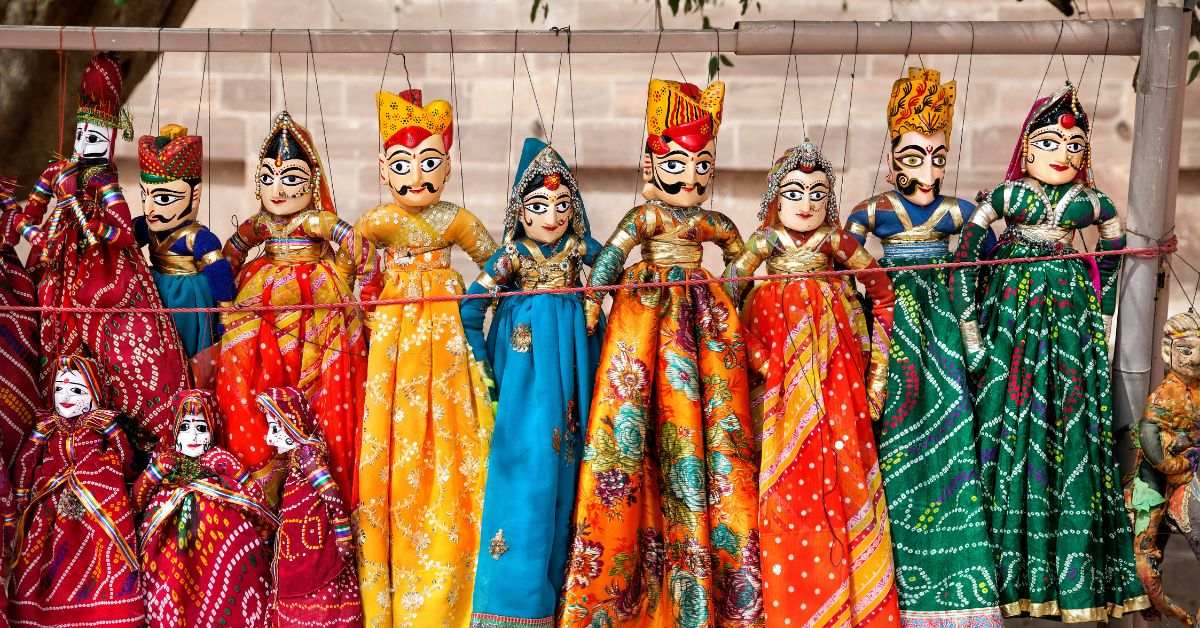
In addition to the arts complex, Sawant was intent on helping the women earn through a craft they knew best — food. Under the banner ‘Hirkani’, Sawant also mobilised 160 SHGs through which 300 women were encouraged to produce squashes, pickles, etc. The women are now independent and these fares are sold at the homestays.
Following the success of the Sindhudurg model, Sawant headed to Pali in Rajasthan where she partnered with a local NGO ‘Educate Girls’ that motivated the village women to start homestays. The idea was to push for financial independence.
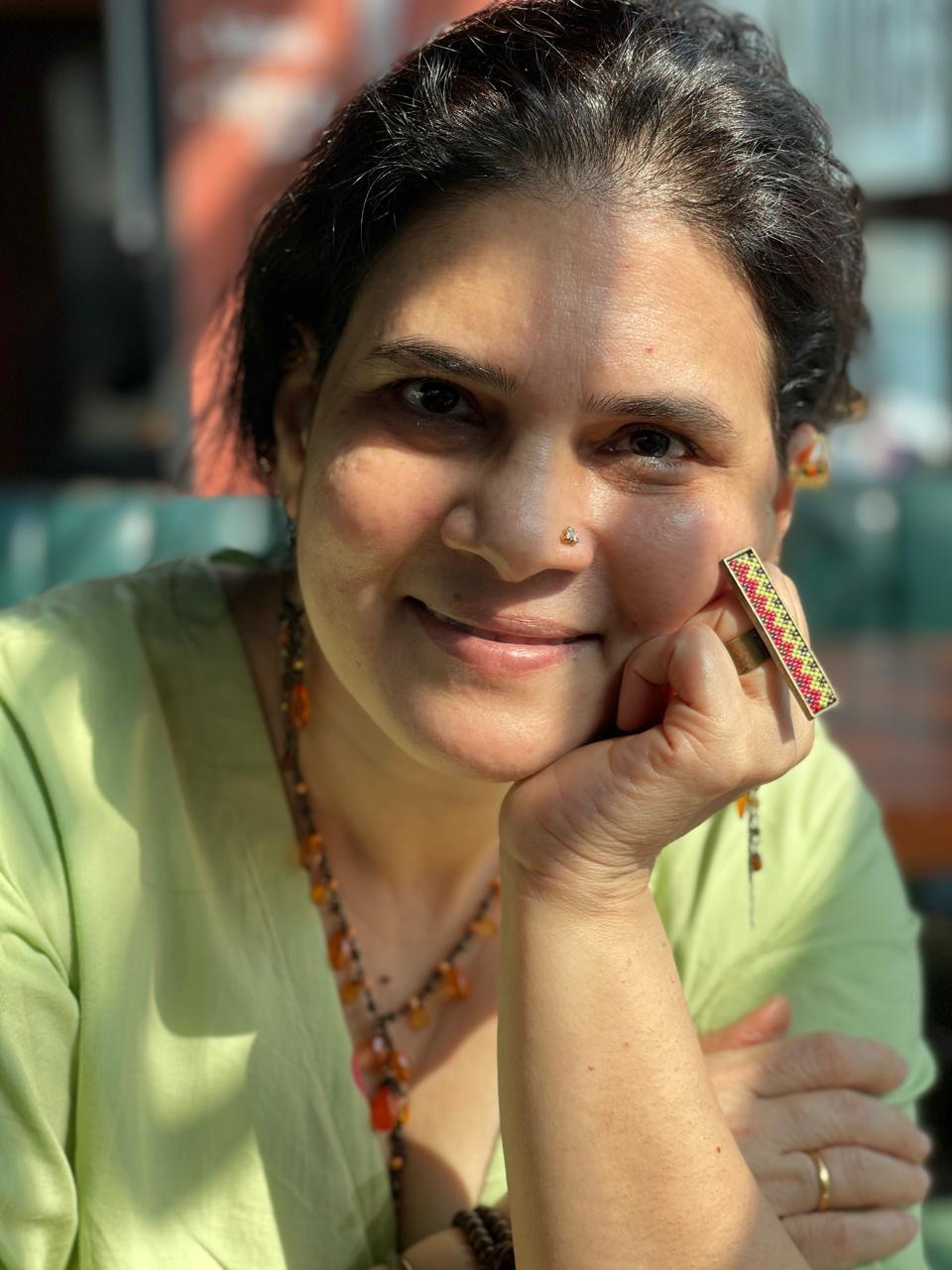
Sawant’s project in Uttarakhand was in keeping with the state’s Agriculture Ministry looking for ideas revolving around additional livelihoods in agriculture. Sawant seized the opportunity and pitched rural tourism as a potential idea. “Today the villages of India are empty. People are moving away. Village tourism will not only help generate employment for the locals but give them a reason to stay back in the villages.”
Sawant also started a textile upscaling project in the state wherein she encouraged 60 women to earn through patchwork items such as quilts.
What is fascinating is that Sawant’s slew of projects are not only focused on empowering women but doing this while helping city folk have an unparalleled holiday experience. For instance, the rural tourism project in Andhra Pradesh. She shares, “A village called ‘Veerapuram’ was given to us to develop. The village is a hotspot for the migratory birds that come to nest here from August to January every year. Over thousands of these birds flock here.”
Sawant organised 20 women into self-help groups that would conduct and benefit from bird tourism. “The women were trained to take the tourists around the village, explain to them about these birds and their migration patterns and show them their nests.”
As Sawant looks back on how she has succeeded in bridging the gap between tourists looking for experiential travel on one side and villagers looking to earn on the other, she smiles saying, “I have a vision to help 5,000 women in the next few years. Because every woman empowered is a family empowered.”
Edited by Padmashree Pande
No comments:
Post a Comment